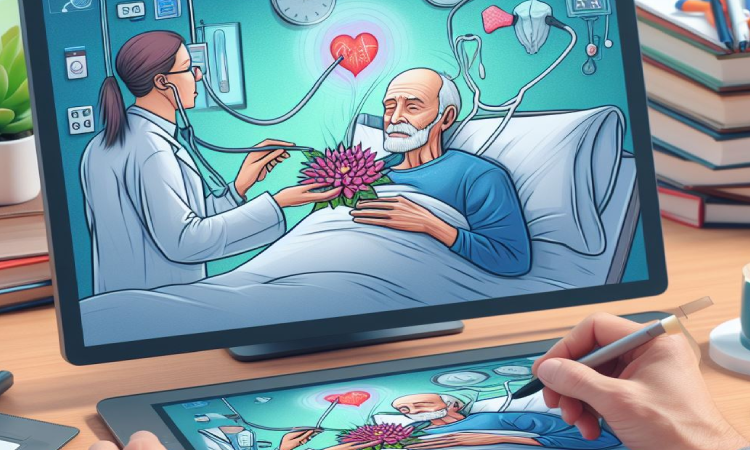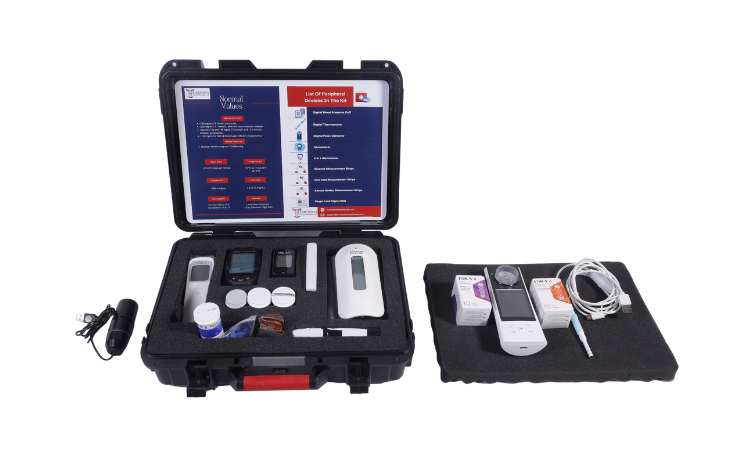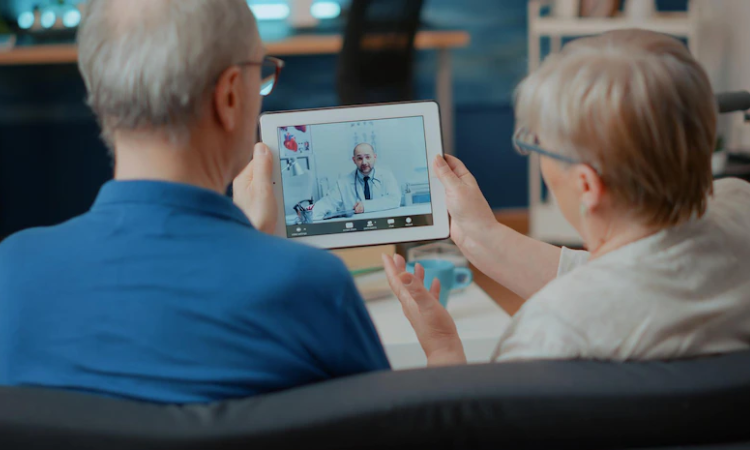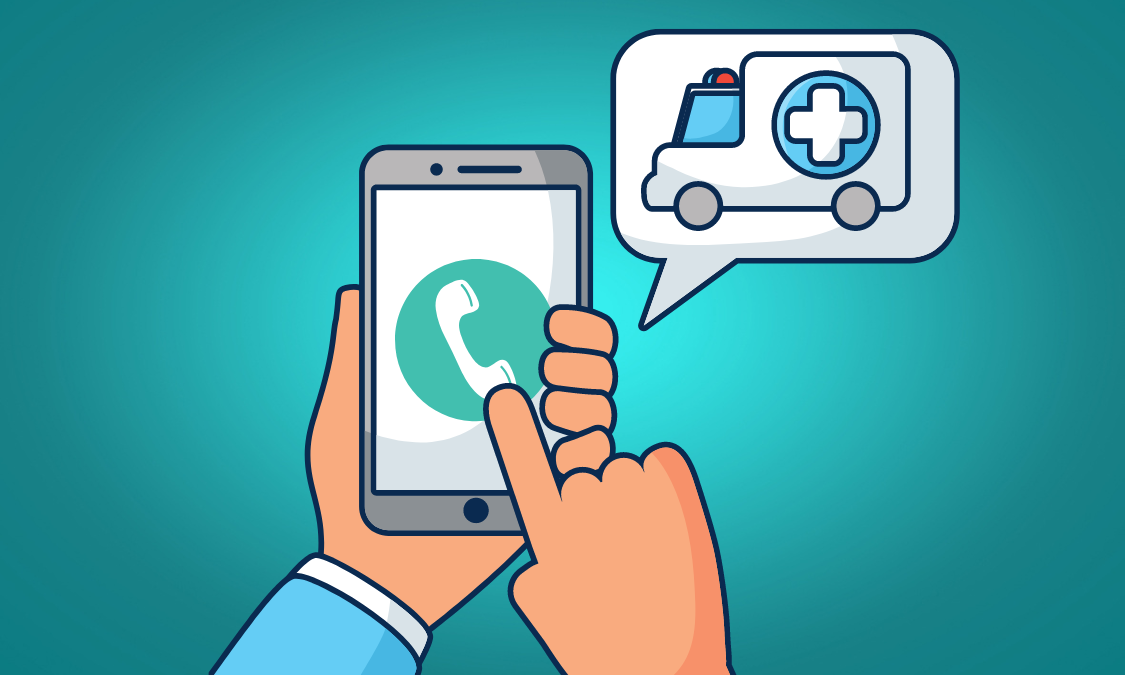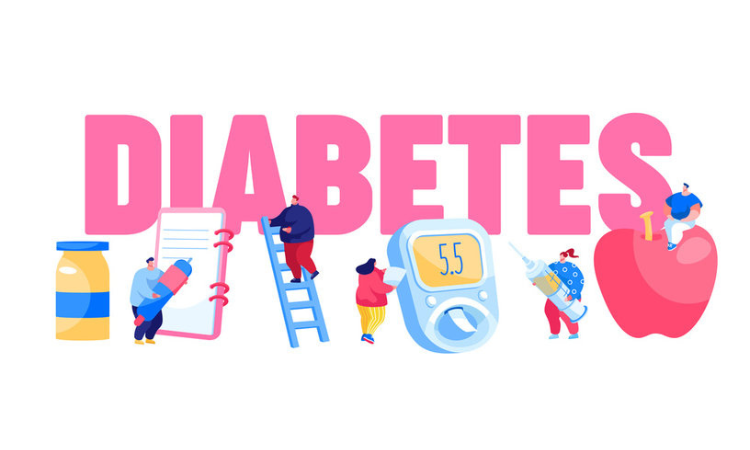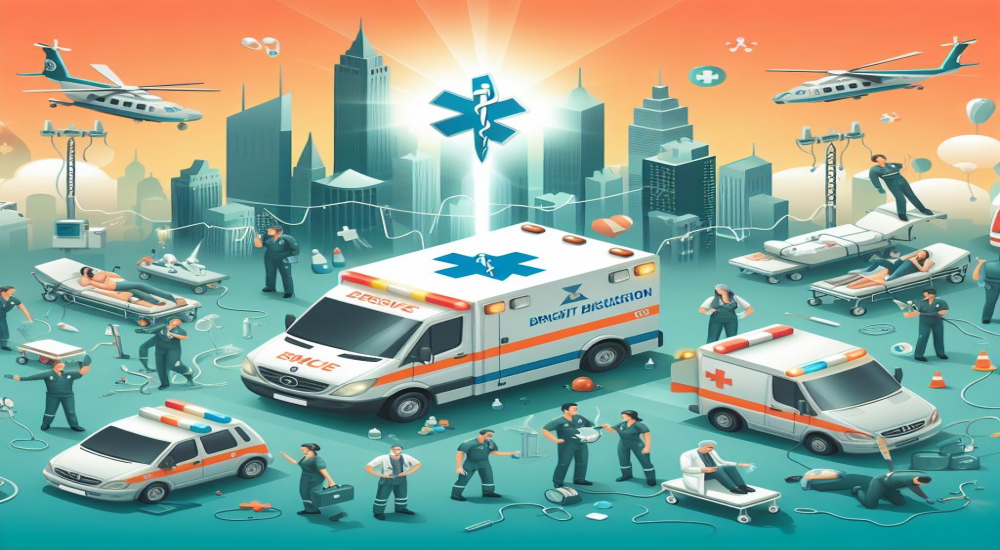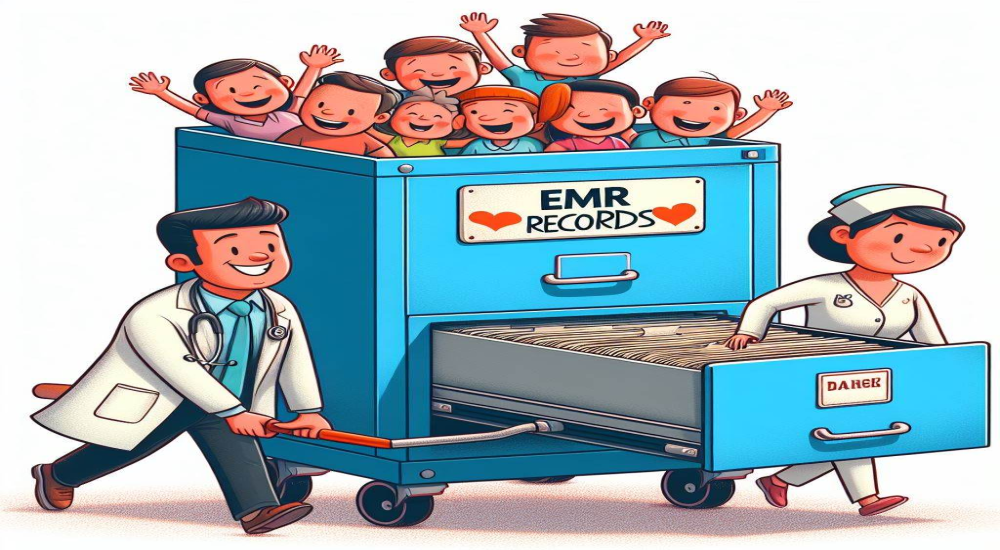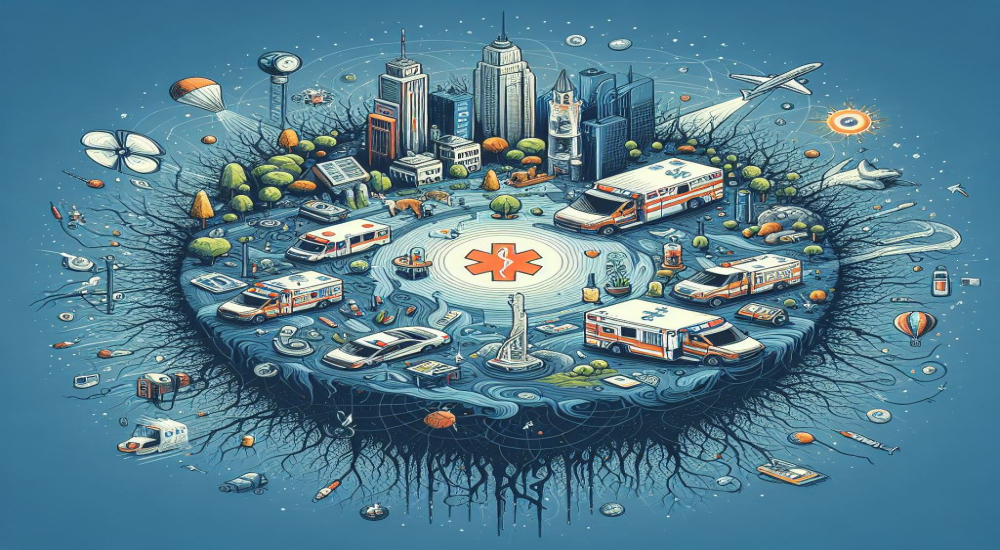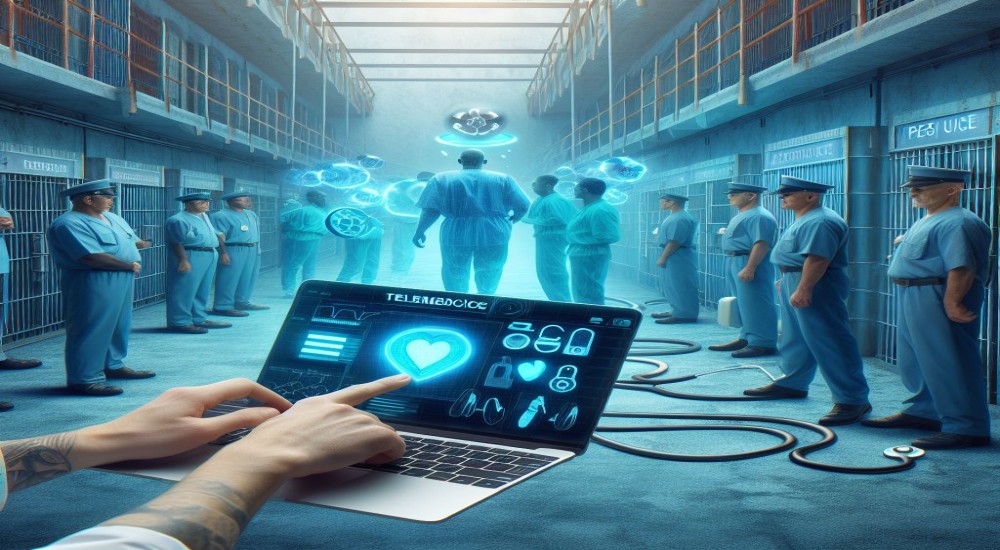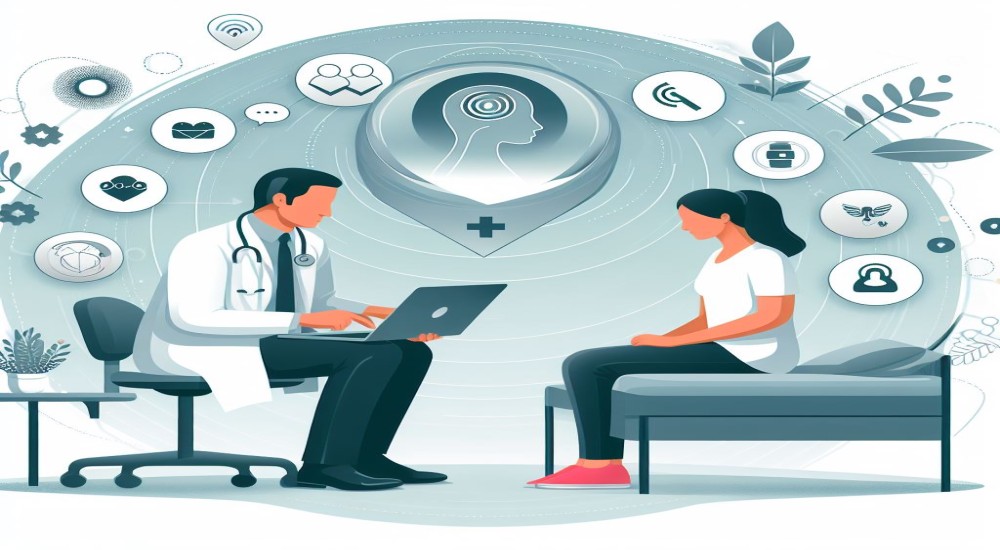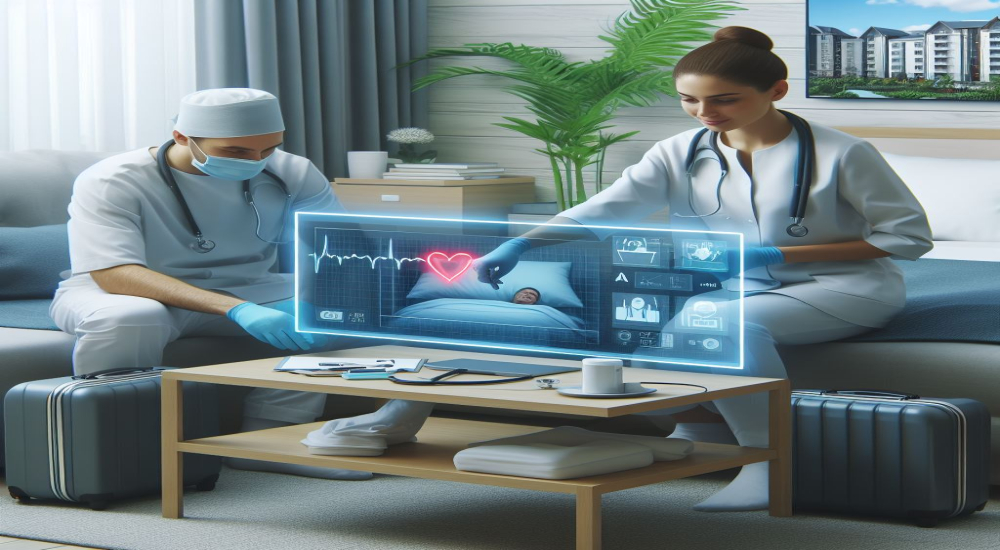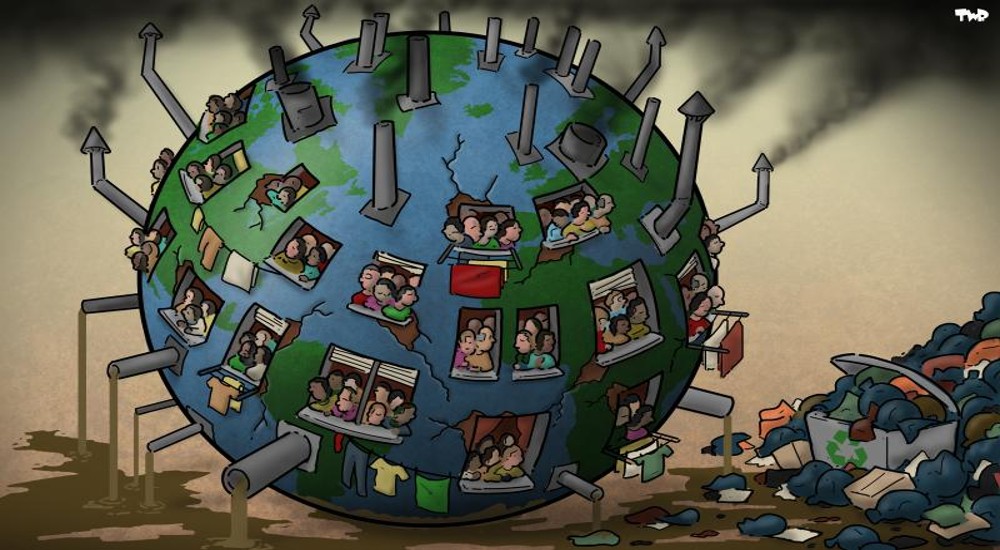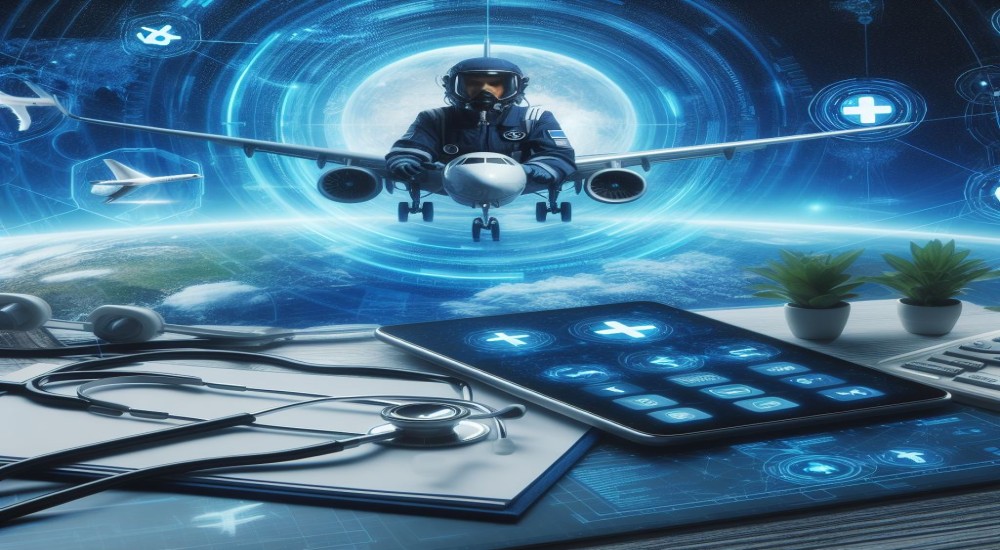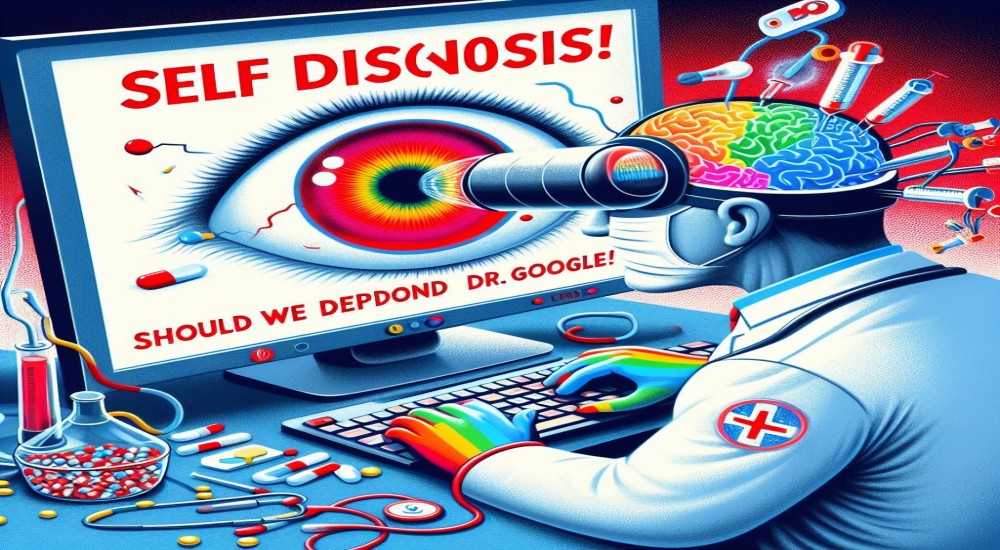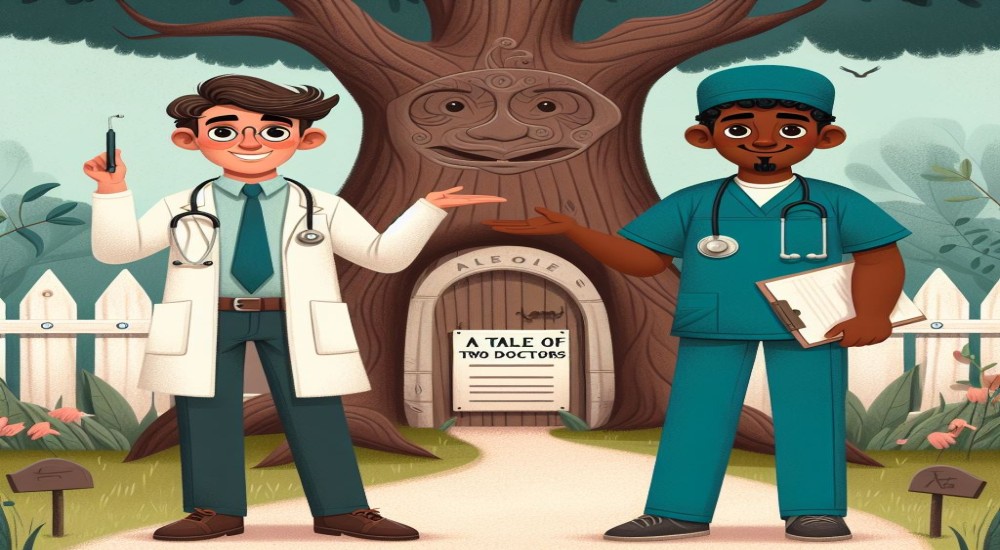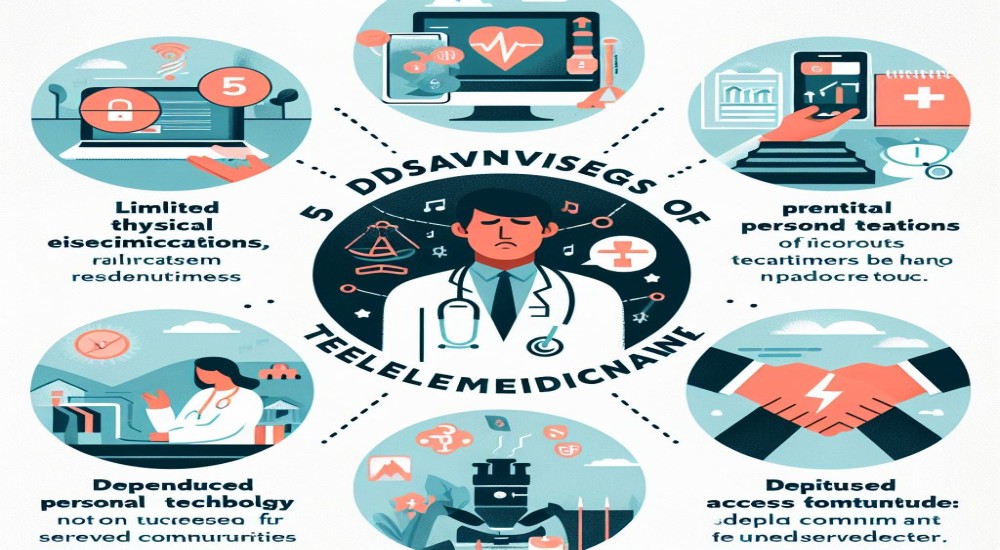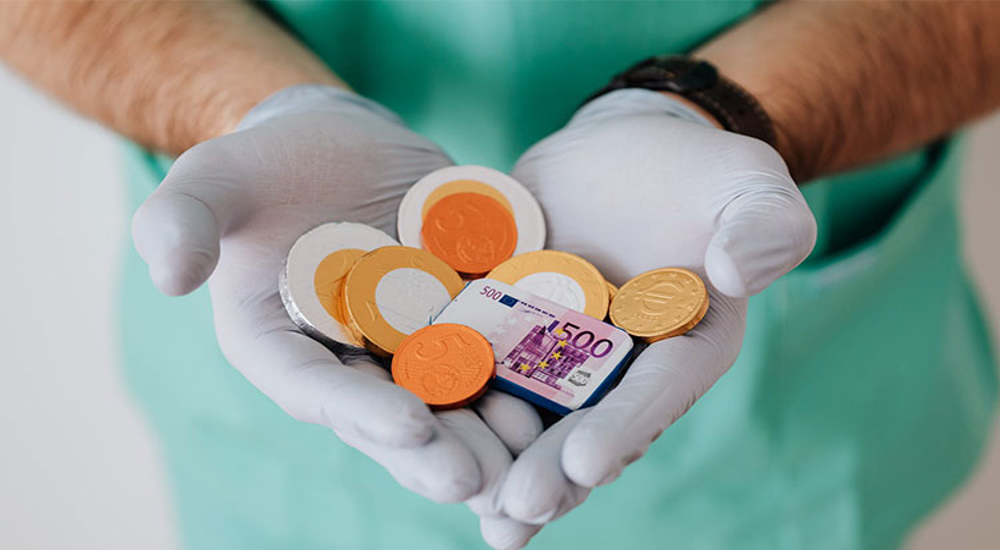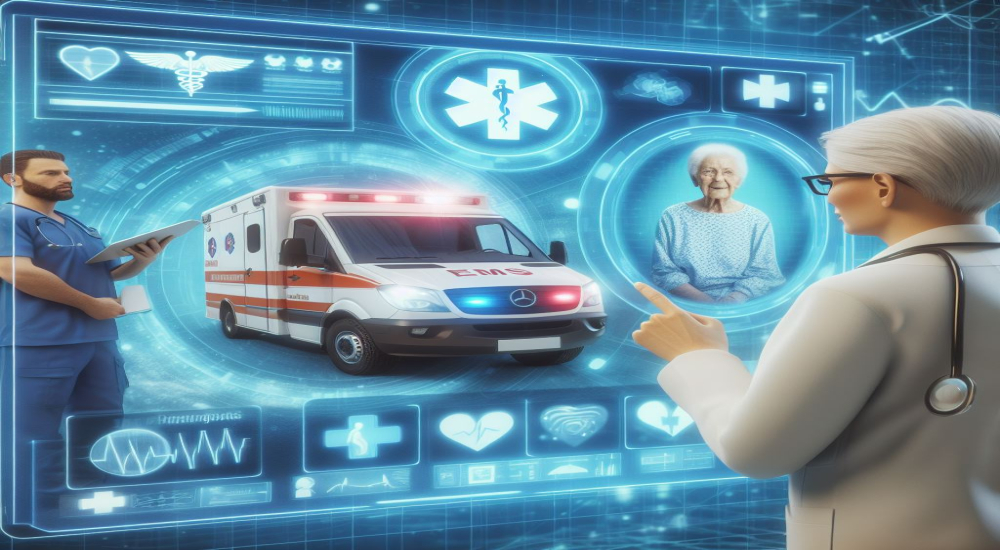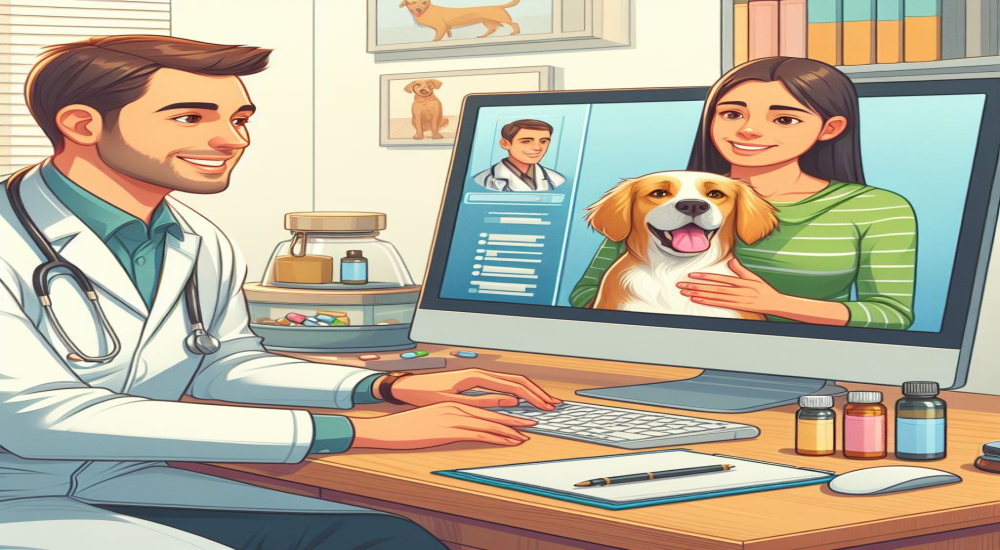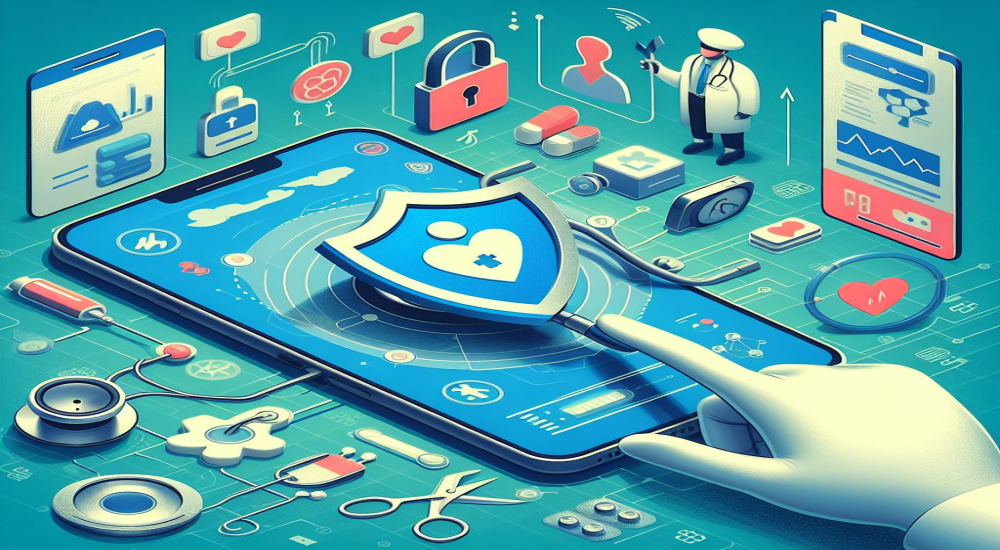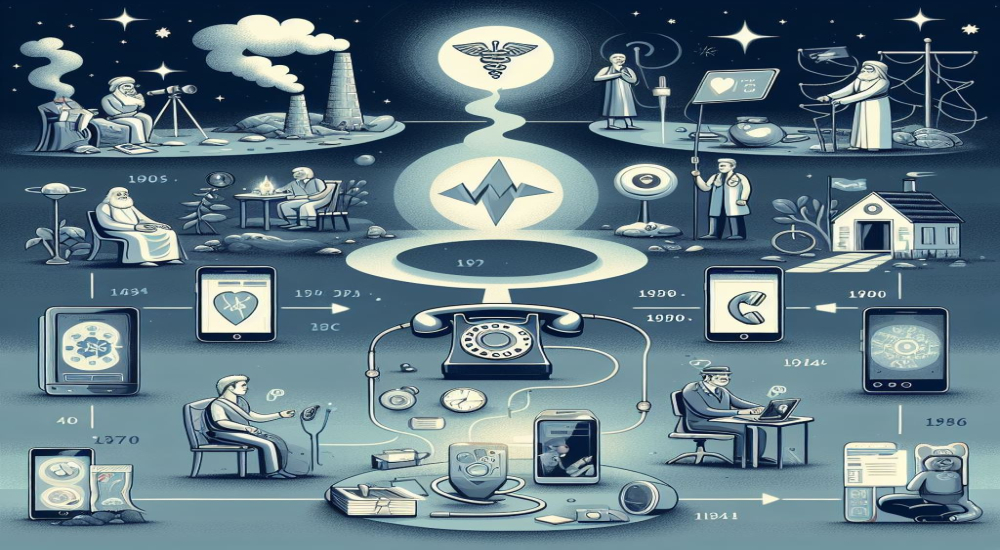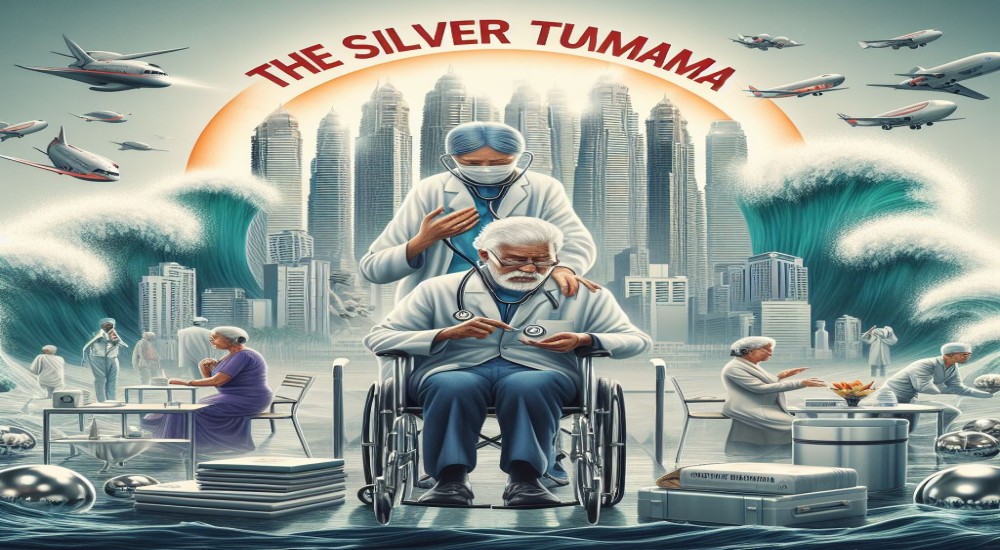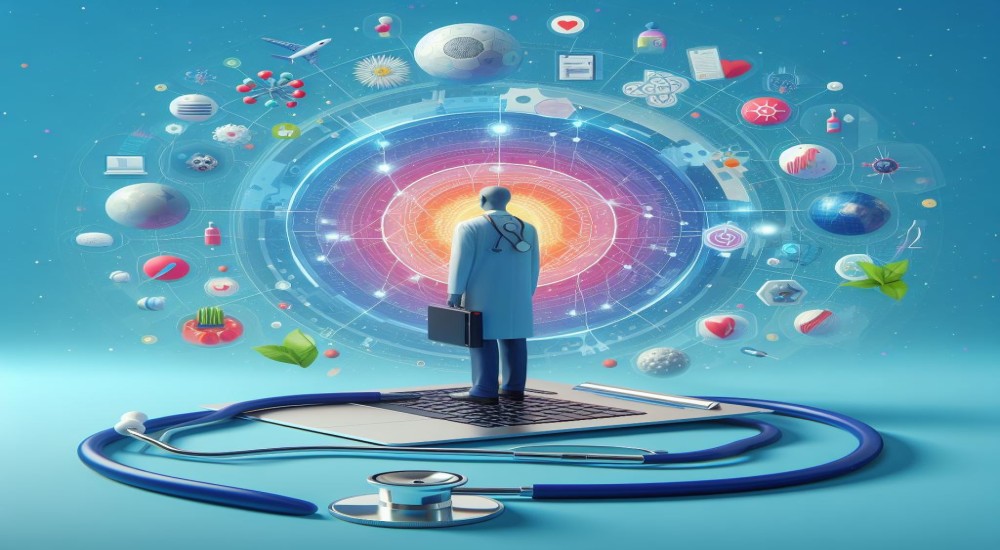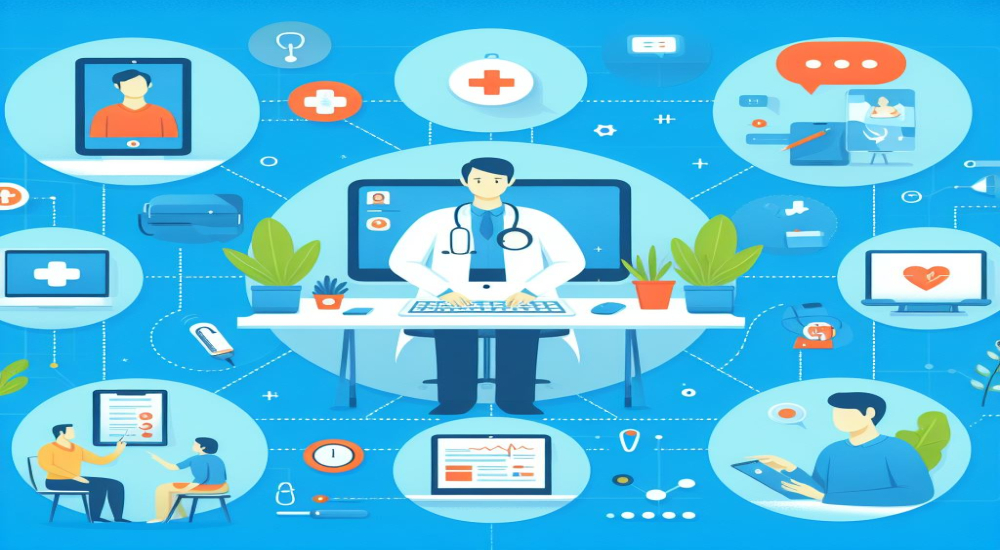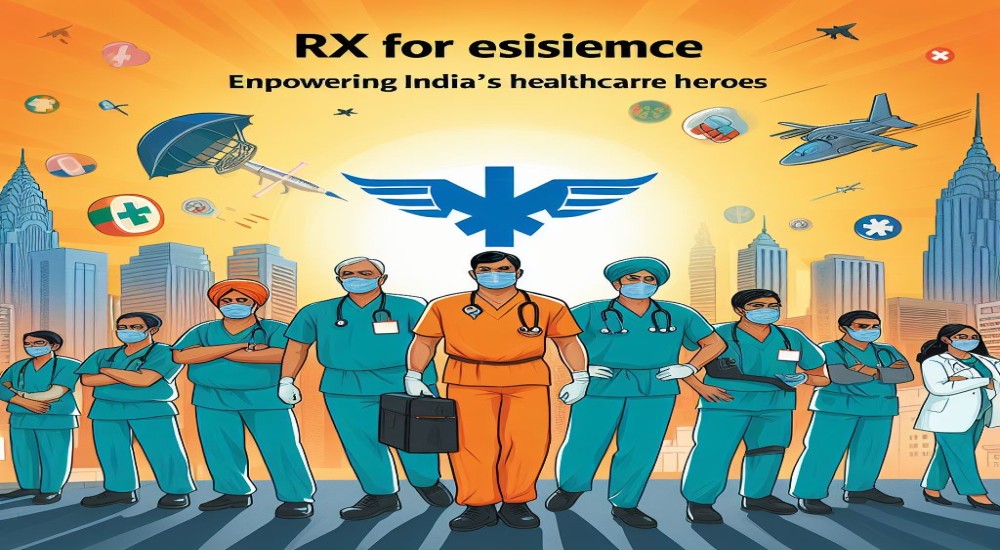Are EMTs Ready For Telemedicine?
There are many high-stress jobs in the world. If asked many of you would say that professions such as a doctor, acting, lawyer, manual labour, farmer, pop star, trash pickers, etc are among the most stressful. You would be right, from the world of sports to the white-collar jobs, blue-collar jobs to the downright illegal jobs, there is plenty of stress associated with any profession. But I think almost all of you would agree that pound for pound, one of the most stressful jobs in the world is being an Emergency Medical Technician/ Paramedic (the paramedics amongst the readers will be nodding vehemently at this).
Being a paramedic can involve everything from the standard blood, sweat and tears, to the not-so-standard firefights, fistfights, mass casualty situations, pandemics, natural disasters, nuclear disasters, forest fires, and animal attacks. Unlike most other jobs with a set time and decent benefits, most EMTs across all countries have to suffer from long working hours, poor pay, lack of equipment and hazardous working conditions. All of these together make being a front-line EMS worker a rather undesirable job.
PARAMEDICS AND EMTS HAVE A VERY TOUGH JOB!
Let's get the obvious out of the way, EMTs and paramedics have a very tough job. Not only do they have to routinely help people in danger but many a time they have to place themselves in danger while doing so. Paramedics have the responsibility of not just treating and training the injured but they often perform tasks such as crowd control, grief counselling, psychiatric counselling for the victim or their loved ones, liaising with the police/fire service and other authorities, etc. This means that their job has many additional tasks that can be a burden to their mental and physical well-being.
Sending doctors for a ride along with the ambulance is something that is done in many countries, but the lack of doctors in rural areas and the general deficit of doctors in countries with high population densities such as India, Pakistan, and African countries, means that it's practically impossible to put a doctor in every ambulance. But there are definite advantages to having a doctor travelling with an ambulance, the crew is augmented by a medical professional who has advanced training, is able to perform more treatments on the patient, and can help the EMS crews to triage and treat patients more efficiently.
This is where we bring in ems telemedicine to bridge the gaps, by using technology we have the opportunity to connect every ambulance with a doctor with very little effort. It is especially challenging for EMT crews to triage and treat patients with cardiovascular, and neurological issues, but with the help of Telemedicine software and apps, they can connect to super speciality doctors during the ambulance ride. In rural areas, pregnancy and child care can be a problem, but by using Telemedicine and remote health monitoring platforms the EMTs can connect to the appropriate doctors at any time and from any distance.
HOW CAN TELEMEDICINE HELP PARAMEDICS?
Being a paramedic is kind of like trying out the mystery meat in the cafeteria. There is a chance that it's going to taste great, but more often than not you don't know what you are going to get. Every day can be filled with either mundane cases or with some truly hair-raising and harrowing calls. EMTs never know what the nature of the emergency they are being called to help with may be or how the situation might play out. This means that they have to be prepared for the worst-case scenarios and train meticulously for every possible emergency. They have to make life or death decisions in a very short period and this can place enormous stress on them in the field.
Most cases involving strokes, cardiac emergencies, and neonatal emergencies require specialised knowledge to diagnose and treat, however, paramedics and EMTs are simply not equipped with that in-depth knowledge nor are they authorised to perform complex procedures on patients. This usually delays the time it takes for a patient to receive care. But just imagine, the paramedic is loading the patient onto the stretcher and into the vehicle and as soon as they get in they can connect to a neurologist via telemedicine, he can see the patient while they are in transit and also be able to tell the EMTs what to do, he can tell them to start certain medications under his supervision and is on standby to see if the patient worsens. By the time they arrive at the hospital and hand over the patient the hospital is ready with a specialised team and necessary equipment and medications.
Most of the time EMTs have to work with limited resources and in unfavourable locations. But imagine that they were helped in their efforts by a doctor located remotely, their burden would become lesser and the level of care they can give to their patients would increase exponentially. The key takeaways are:
- Faster response times to complex cases
- Structured support from specialists
- Make full use of the Golden Hour
- Reduce door to needle time
- Treat a wider variety of conditions onsite
- Better triage and treatment times
- Reduce mortality and morbidity
TELEVISION DIFFERS FROM REALITY!
There are a plethora of shows online about EMTs and how they save the day, shows such as 911 emergency makes it seem like EMTs are living a full Hollywood life of action, adventure and fame, but the reality is very different. The sad reality is that EMTs especially in countries like India struggle to make a living wage. They can be deployed in far-flung regions away from regions, they are often under-equipped and work 12-hour shifts.
So how can we help them with their jobs? Better wages, fewer working hours, more specialised training and well-equipped and well-staffed ambulances are all things which come to mind. But there is a problem here that anyone who has ever worked at or visited a government office will know about, Namely bureaucracy! To make big changes there needs to be a consensus among policymakers, government authorities, unions, etc. This can take an extremely long time to get.
Emergency services see extremely high rates of attrition and staff changes in their ranks. There are many paramedics and EMT techs, pilots who quit because of the high stress and the nature of the job. EMTs are far more likely to lose patients, come under attack from the relatives of people they are trying to help, be faced with hostility when the patient dies in transit, and face legal charges or mob attacks for adverse outcomes.
EMT burnout is on the rise in India, especially with the rise of private ambulance companies that incentivise drivers and crews to stay on the roads for longer times, long shifts, poor pay and no downtimes have created a work climate that is not sustainable. In the USA and India, many ambulance operators also encourage their crews to go beyond the standard limits defined by law so as to get more patient pickups, this means that they have a greater distance to travel back to the network hospital and they often drive faster, and more dangerously to get there in time. This has led to an increase in accidents and loss of patient life.
Here are some challenges that are faced by EMS workers in the post covid environment:
Work culture challenges thrust by COVID-19
During the first and second waves of COVID-19, the frontline healthcare workers across the nation made a significant contribution to timely discovery, lifesaving, and containing the spread. However, the pandemic has significantly changed their workplace atmosphere, stressing them out and adding to their burden. For instance, the majority of ambulance service providers still track and care for patients manually. In such situations, the small number of paramedics, drivers, and nurses are pushed thin and continue to be overworked. As a result of the lack of PPEs and the increased anxiety and risk of spreading the disease, this task was particularly heavy during the pandemic's peak.
The rising cost of skilled medical professionals
It gets busy for on-call medical experts due to the lack of medical staff in hospitals. Since the team is already small, it is difficult to find the ideal candidates for rapid care response services. Additionally, it can be challenging to locate top talent in rural and remote places. The paramedics must be moved in order to boost accessibility, which raises the overall cost. The pay rises as there is a concentration of talent in emergency treatment.
Lack of paramedical educational institutes for training
The healthcare industry has undergone a significant transformation since the pandemic. The initial COVID-19 phase highlighted the need of medical assistants, technicians, nurses, and first-aid qualified drivers. The lack of educational institutions offering paramedical and emergency response training is the culprit. Even though 3.3 lakh nurses receive comprehensive medical training each year, there are only 15 nurses for every 10,000 people. Even though India has 1343 paramedical colleges, the amount of skilled medical professionals that are trained each year cannot meet the medical needs of the expanding population.
THE SOLUTION!
The need for telemedicine and e-health has been sparked by the lockdowns brought on by the pandemic. Remote patient evaluation, diagnosis, and treatment are all made possible by this technology. With real-time patient tracking, digital SaaS apps have even decreased the manual labour involved in emergency response. The growth of digital healthcare services creates more job prospects and lightens the workload for specialists in IoT and emergency care. Players in the market are developing training modules to equip the workforce in order to further improve the ecosystem for emergency care.
Telemedicine apps and the use of remote health monitoring devices can help greatly, smartphones and the availability of internet connectivity have become ubiquitous in India, even in rural areas. This means that at very low costs and minimal inconvenience telemedicine SaaS/platforms can be integrated into ambulances.
CHALLENGES AND RECEPTION FROM EMS CREWS
There are some broad-based challenges that EMS crews will face when we talk about integrating telemedicine into their general workflows.
- They can have difficulty with the technology and logging into and using the Telemedicine console
- They can find their regular workflows disrupted by the new devices and tech
- They can find themselves having to answer to a remote doctor and that can affect cohesion, and egos within the team
- A learning curve is necessary and older members might find it harder
- EMTs can feel like this will increase their workloads
But overall in several pilot programmes conducted around the world such as in Aachen, most EMS crews welcomed extra help in carrying out their jobs. Most EMTs believe that technology and Telemedicine services can enhance and simplify their jobs.
